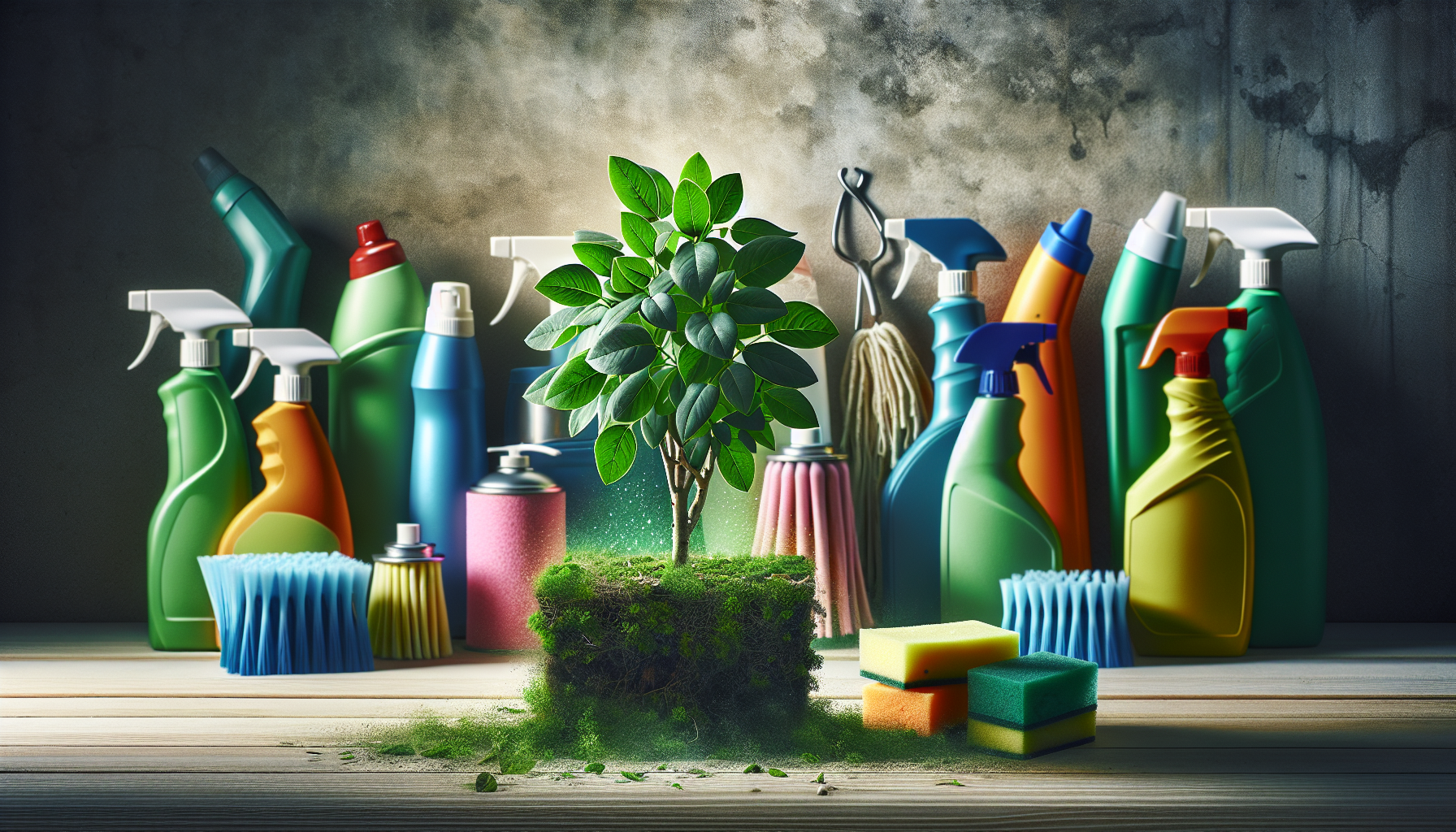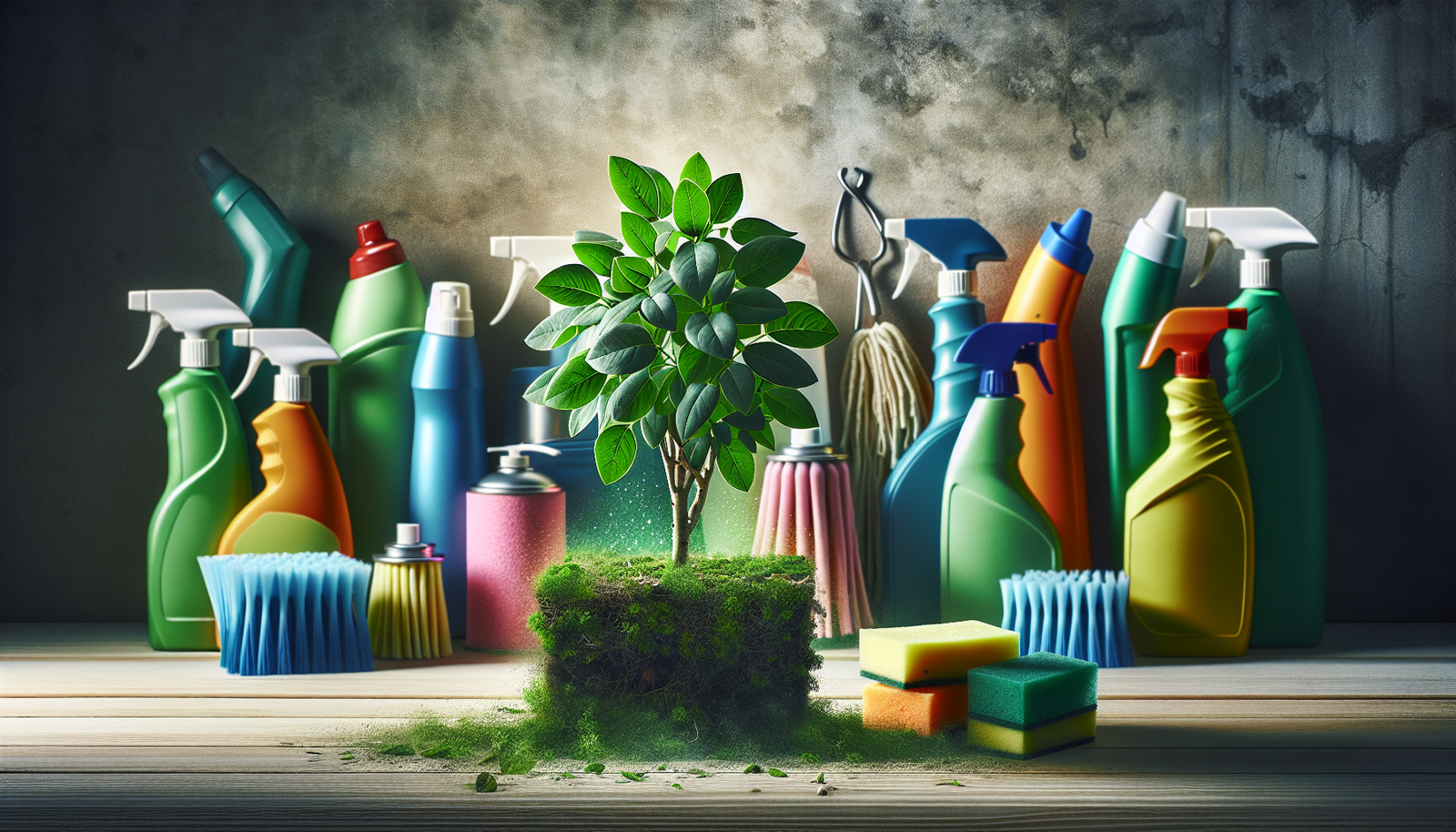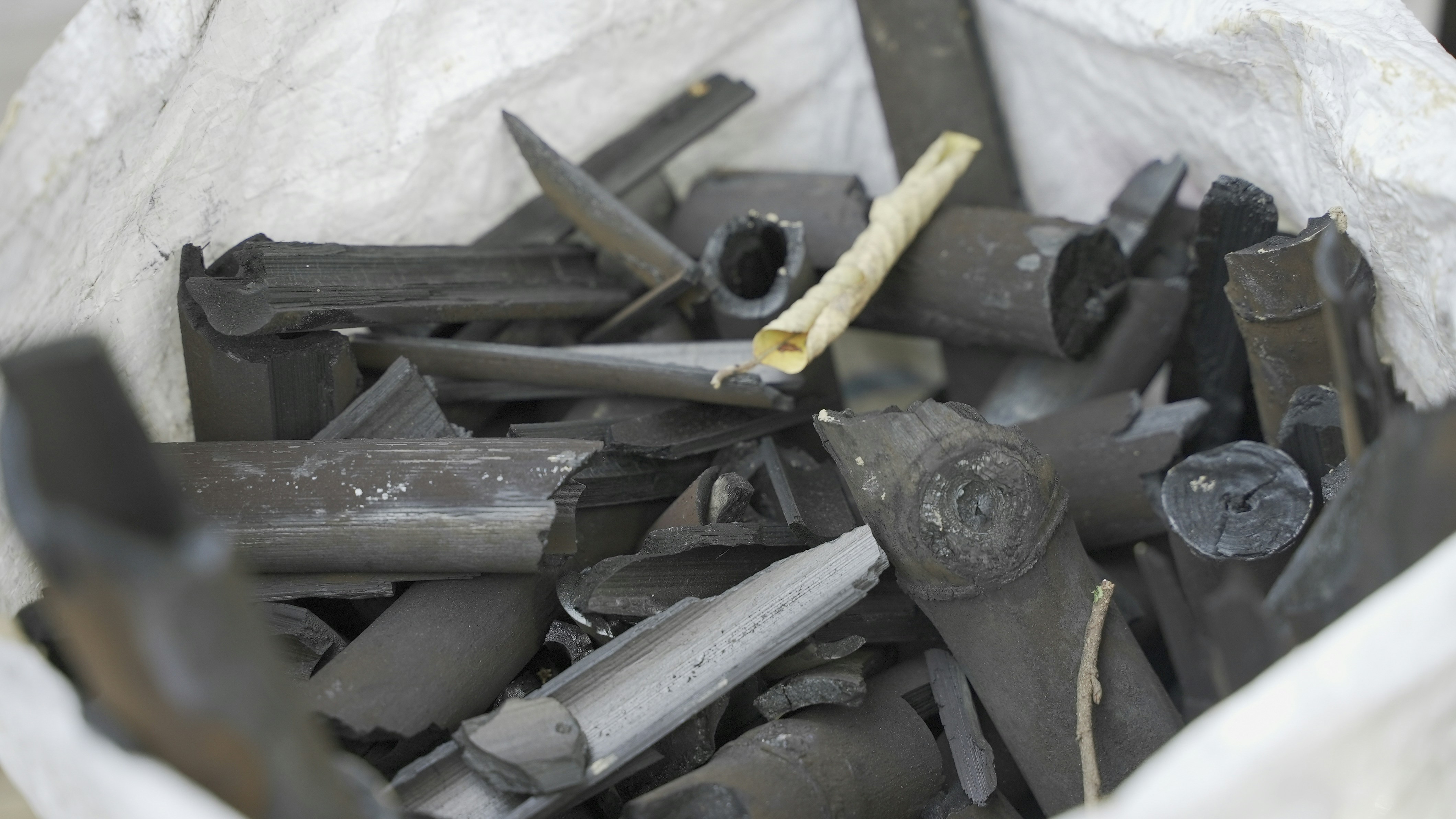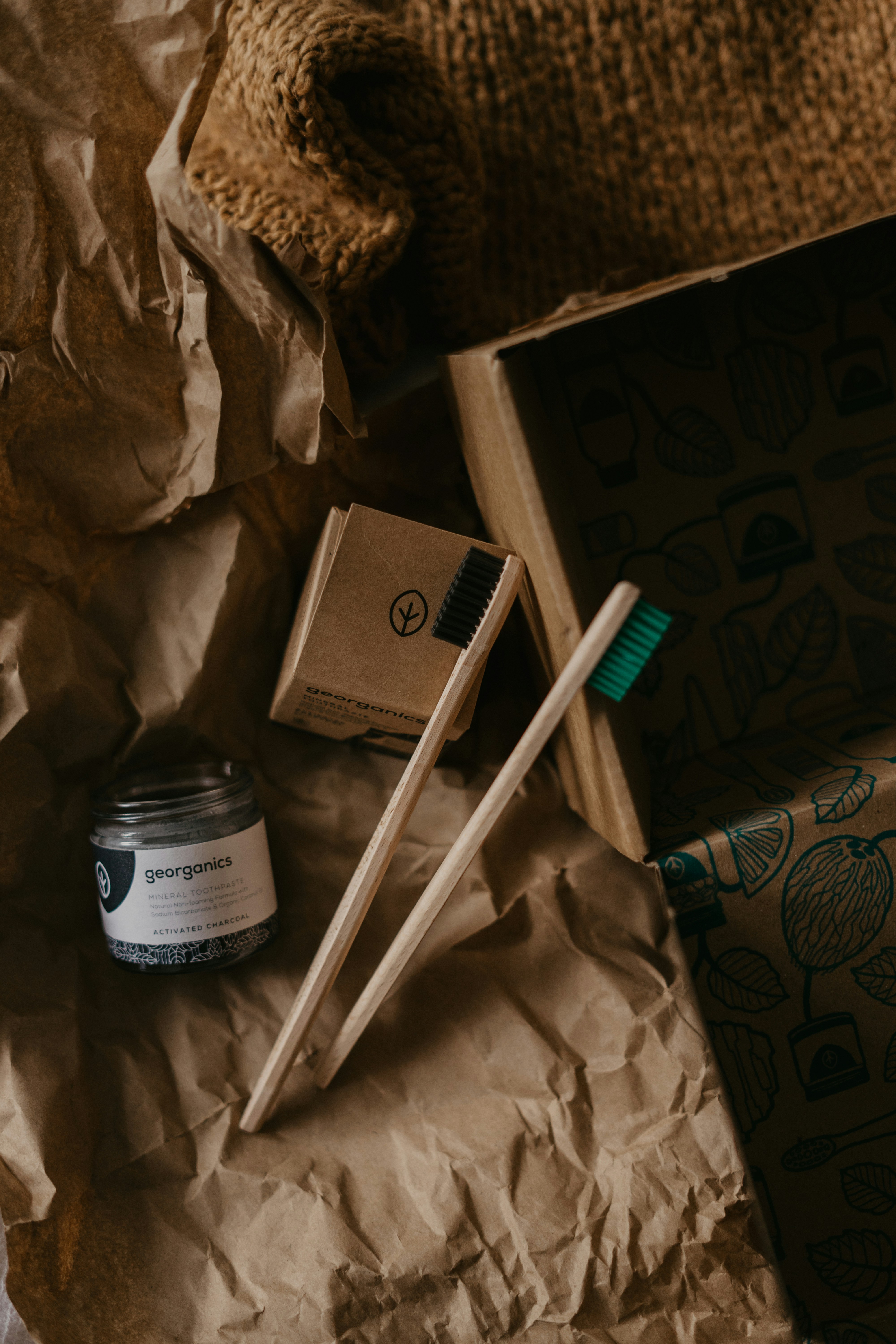Are you aware of the hidden dangers lurking in your cleaning products? It’s surprising how many household items, while designed to keep your home sanitized and fresh, can pose serious health risks to you and your environment. One concern that’s gaining more attention is the exposure to environmental oxalates found in many cleaning agents. Let’s unpack this topic together.
Understanding Oxalates: What Are They?
Oxalates, or oxalic acid, are naturally occurring compounds found in various plants, including many vegetables, nuts, and even some fruits. They can bind with calcium in the body, which is where the health discussions mostly center. While many foods contain oxalates, awareness around environmental oxalate exposure is less common but equally important.
The Role of Oxalates in Your Body
In your body, oxalates can form crystals, leading to potential health issues, particularly if you consume high-oxalate foods regularly or have a predisposition to kidney stones. Understanding how oxalates interact within you can guide your choices about diet and exposure.
Cleaning Products: The Hidden Culprit
Many of the cleaning products found in your home contain synthetic ingredients, some of which are known to produce oxalates. These compounds can enter the environment through improper disposal, leading to broader exposure that affects not just you, but also your community, wildlife, and ecosystems.
Common Cleaning Products and Their Ingredients
It helps to know which products are most likely to contribute to oxalate exposure. Below is a table that lists some common household cleaners and their typical ingredients.
| Product Type | Common Ingredients | Potential Oxalate Misconception |
|---|---|---|
| All-Purpose Cleaners | Sodium hypochlorite, fragrances | These can release oxalates upon degradation. |
| Bleach | Sodium hypochlorite | Though not a direct source, reactions can lead to oxalate formation. |
| Bathroom Cleaners | Citric acid, perfumes | Citric acid can form oxalates in reactions with other ingredients. |
| Floor Cleaners | Surfactants, alcohols | Surfactants can result in oxalate byproducts. |
| Dishwashing Liquids | Sodium lauryl sulfate, phosphates | Some phosphates can react to yield oxalate derivatives. |
Understanding the ingredients allows you to make informed choices about what you let into your home, ensuring you minimize oxalate exposure.
The Impact of Environmental Oxalate Exposure
Environmental exposure to oxalates can be indirectly harmful. These can seep into water systems or be released into the air, contributing to larger environmental toxicity issues. You want to be aware of how this not only affects you but also the planet.
Health Risks Associated with Oxalate Exposure
Prolonged exposure to oxalates—whether through ingestion or inhalation—can accumulate in your body, potentially leading to several health issues such as:
- Kidney Stones: High oxalate levels in urine can crystallize, leading to painful kidney stones.
- Joint Pain and Inflammation: Some anecdotal evidence suggests that excess oxalates can contribute to joint pain.
- Tissue Damage: Chronic exposure to oxalates can lead to tissue damage in severe cases.
Taking these risks into account is essential when you’re cleaning your home.
Choosing Safer Cleaning Products
So, what can you do to reduce your exposure to harmful cleaning products? The first step is to choose safer alternatives that align with your values and health goals.
Natural Cleaning Alternatives
Consider switching to natural cleaning alternatives. They’re often effective and come with fewer risks. Here are some options:
- Vinegar: A natural disinfectant and deodorizer.
- Baking Soda: Great for scrubbing and deodorizing without oxalate concerns.
- Essential Oils: Lemon or tea tree oil can add fragrance and possess antimicrobial properties.
DIY Cleaning Recipes
If you’re feeling crafty, making your own cleaning products can be a rewarding way to minimize your exposure. Here are a couple of simple recipes:
All-Purpose Cleaner
-
Ingredients:
- 1 cup water
- 1 cup white vinegar
- 10 drops of essential oil (like lavender or lemon)
-
Instructions:
Combine all ingredients in a spray bottle. Shake well before using.
Scrubbing Paste
-
Ingredients:
- 1 cup baking soda
- 1/2 cup water
- 10 drops essential oil
-
Instructions:
Mix baking soda and water to form a paste, then add essential oil for fragrance. Apply to surfaces and scrub.
Making these shifts might seem small, but they contribute significantly to creating a healthier living space.
Environmental Implications of Cleaning Products
The impacts of cleaning products extend beyond mere personal health. The environment bears the brunt of chemical runoff and pollution due to improper disposal methods, creating larger ecological concerns.
Water Contamination
Improper disposal of cleaning products can lead to water supplies becoming contaminated. These chemicals can interfere with aquatic life and ecosystems.
Soil and Plant Interaction
Oxalates in the environment can affect soil health and plant interactions. If they bind tightly with minerals in the soil, they can influence nutrient uptake for plants, potentially affecting food chains.
Reducing Your Footprint: Best Practices
You can contribute to reducing environmental oxalate exposure by incorporating best practices into your routine. Here are some effective strategies:
Read Labels
Always read the labels of cleaning products. Look for those free from chemicals known to contribute to oxalate formation.
Proper Disposal of Chemicals
When disposing of cleaning products, ensure they are handled correctly to prevent environmental damage. Check your local regulations regarding hazardous waste disposal.
Communicate with Manufacturers
If you’re unsure about a product, reach out to manufacturers for more information about the ingredients they use. Advocate for transparency in the products you choose.
The Future of Cleaning Products
Advancements in sustainable cleaning technology are promising. Many manufacturers are now focusing on creating eco-friendly products that minimize environmental impact.
Emerging Technology
New cleaning technologies, such as “green” or biodegradable products, can potentially mitigate the risks associated with oxalate exposure. These innovations are vital for protecting both personal health and the environment.
Consumer Trends
As consumer awareness grows regarding the dangers of traditional cleaning products, there’s a noticeable shift towards sustainability. Brands that prioritize health and environmental responsibility are likely to thrive in this evolving market.
Conclusion: The Path Forward
The conversation surrounding cleaning products and environmental oxalate exposure is crucial. By being informed and making conscious choices, you can protect not just your own health but also the health of your shared environment. Every small change has the potential to create a ripple effect, so don’t underestimate the power of your choices.
When it comes down to it, the goal is to foster a living space that reflects your values—one that prioritizes health, safety, and sustainability. After all, a clean home should be a safe home, free from harmful chemicals and with a positive impact on the world around you.





